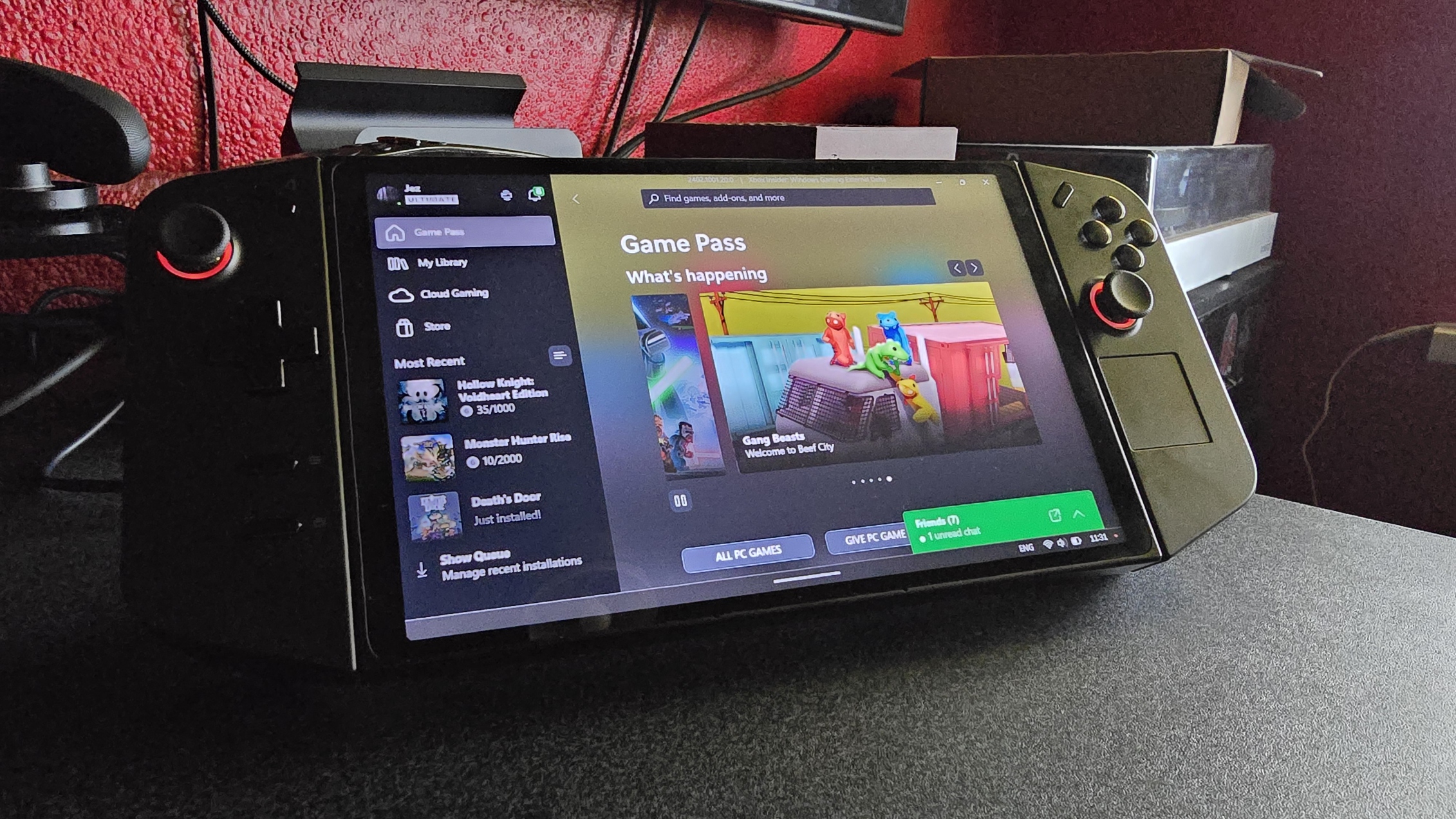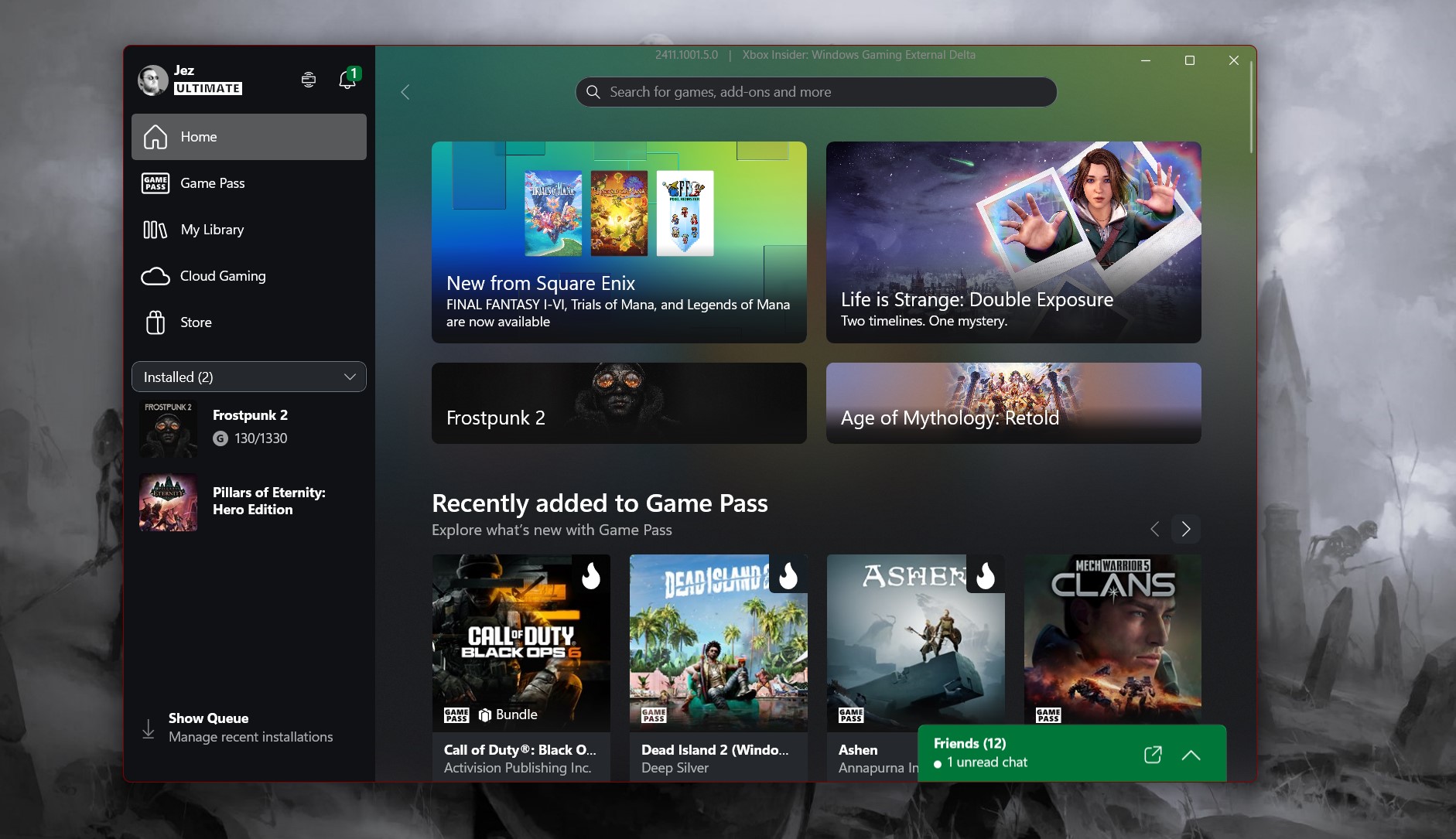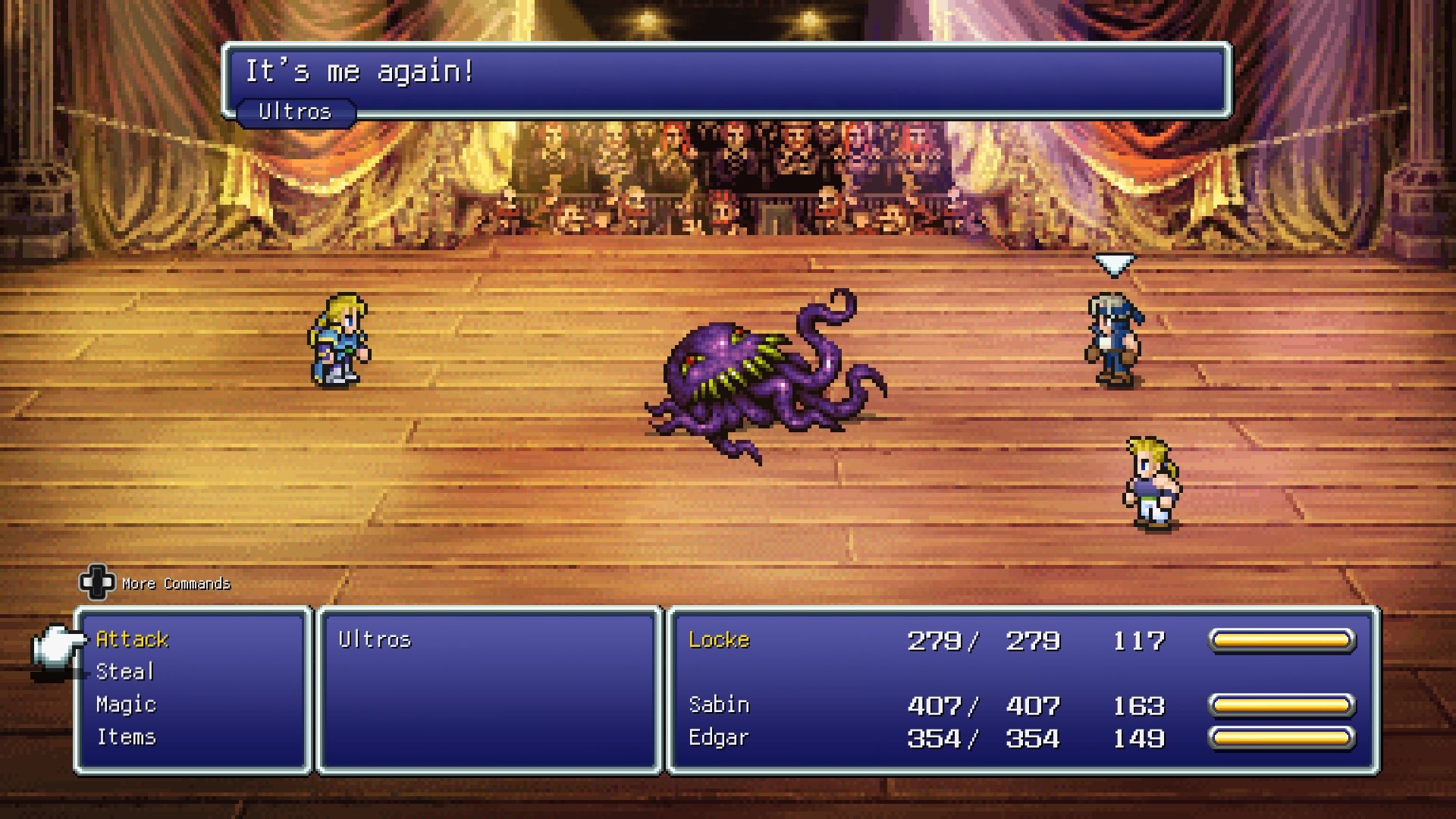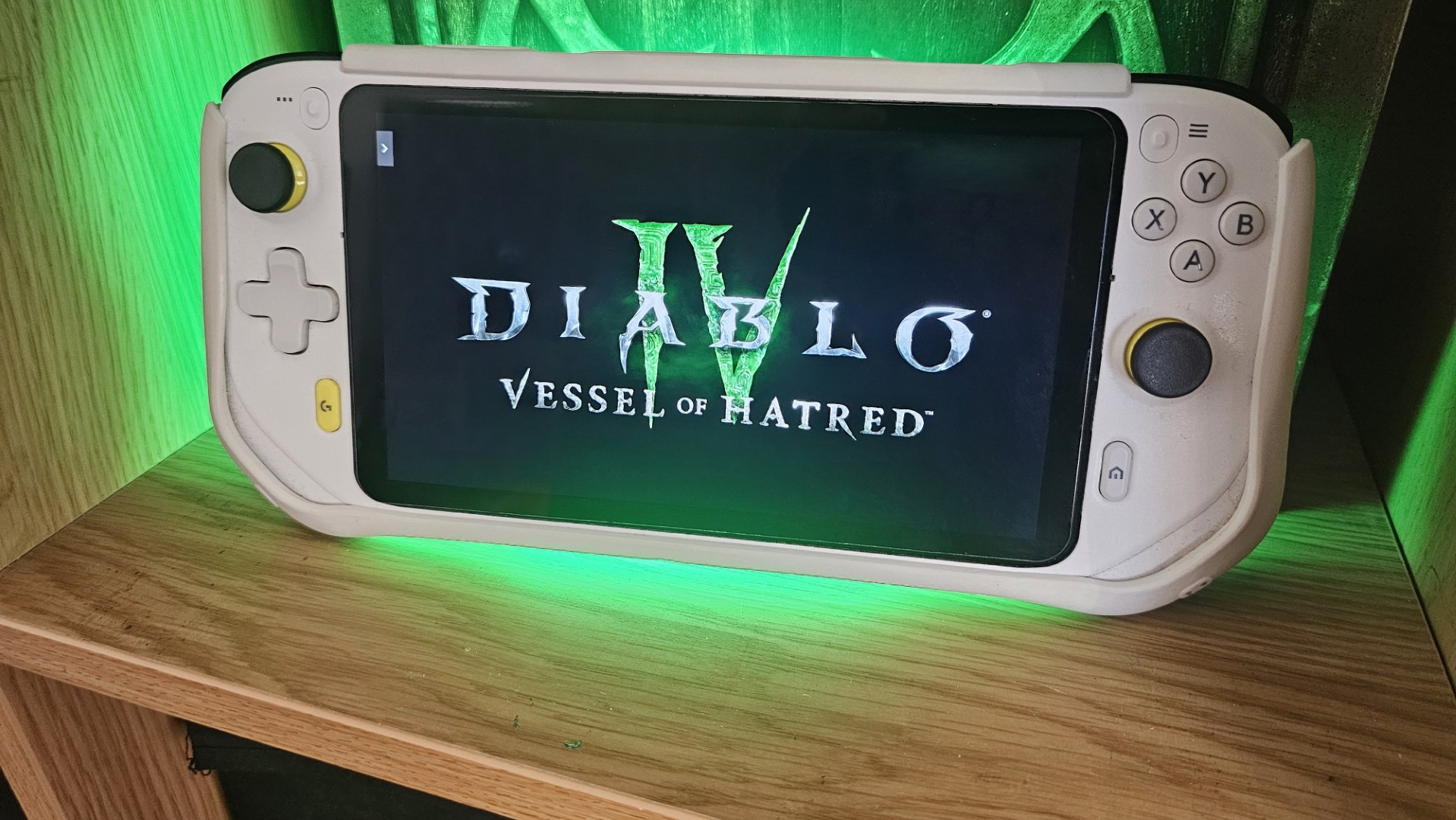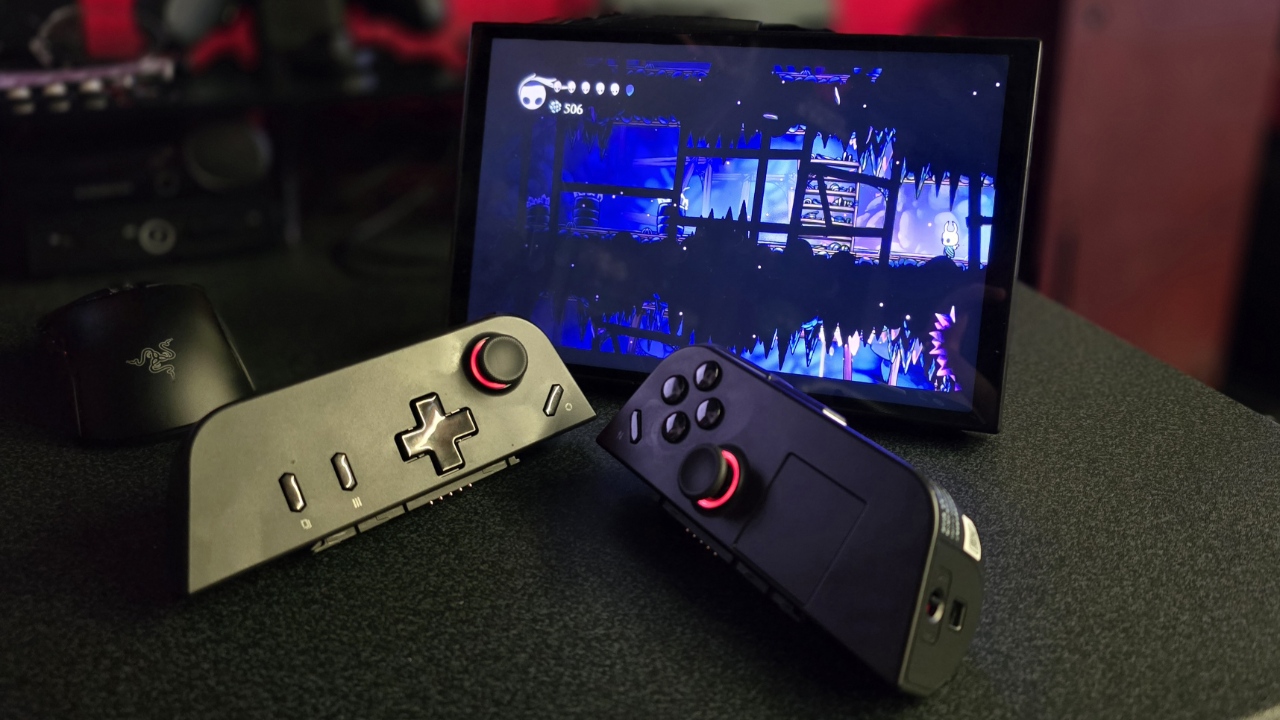Everything is an Xbox, or at least that’s what the marketing suggests.
Recently, Microsoft debuted its new marketing campaign, “This is an Xbox,” which attempts to showcase how Xbox has begun extending far beyond the traditional home Xbox Series X or Xbox Series S console. Indeed, you can now buy-to-own games on Xbox.com/play with cloud gaming, potentially adding Samsung TVs, tablets, laptops, and virtually any phone to the Xbox endpoint roster. But it’s certainly true that cloud gaming isn’t always optimal. What if I want to play an Xbox game on the go on a plane or a train, where Wi-Fi isn’t always available? Well, that’s where Xbox Play Anywhere comes in.
Xbox Play Anywhere is an initiative started with Quantum Break back in 2016. There, Microsoft debuted the ability to buy a game once, and own it on Xbox and Windows PC simultaneously, complete with free cloud save synchronicity. This capability would later come to be known as “Xbox Play Anywhere,” commonly referred to internally as “XPA.” Since then, the program has extended to dozens of games, and is commonly associated with Xbox Game Pass. Indeed, many, if not most games that come to Xbox Game Pass also often seem to come with Xbox Play Anywhere game versions as a result — but it’s still quite restricted.
Outside of Xbox Game Pass, the amount of games with Xbox Play Anywhere seems to be quite limited, although improvements have begun materializing. Final Fantasy Pixel Remaster Collection, Death Stranding, and Metaphor Re:Fantazio all hit Xbox Play Anywhere without an Xbox Game Pass deal, which seems to showcase an uptick in interest from third-party publishers.
What if every game had Xbox Play Anywhere, though? In a world where PC gaming handhelds like the ASUS ROG Ally and Lenovo Legion Go exist, more than ever, I want my Xbox console library to support Xbox Play Anywhere.
🔥The hottest Black Friday deals🔥
Play Anywhere is Xbox’s best-kept secret
Microsoft doesn’t share granular statistics for Xbox Play Anywhere usage, but more and more it’s considering PC users as part of its overall footprint. Game Pass on Windows PC has been the vehicle so far, powered by the Xbox PC app. Over time, Microsoft has gradually increased the usability of the app in general, but especially on PC gaming handhelds like the ASUS ROG Ally and Lenovo Legion Go pictured above, to make them more gamepad friendly.
It works as seamlessly as you might expect, at least in general. There are some issues I’ve found at times, particularly with some older titles in the service. I loaded up Pillars of Eternity on my PC this week for example, only to find my Xbox cloud save missing in action. However, more recent games like Death Stranding work like a charm. My current go-to for on-the-go is Hollow Knight, given that it runs really well even in low power states, boosting battery life. And indeed, I can roam with my save file to cloud and Xbox consoles if I fancy.
This is the dream, and the end-goal vision of the modern Xbox ecosystem. I was a bit frustrated with Microsoft’s “This is an Xbox” campaign primarily because so few of its games actually fit the Xbox Play Anywhere description. But we’ll talk more about content itself in a minute — it’s ultimately a good thing that Microsoft is starting to market these features, because I feel like so few are even aware of them.
Indeed, in my article criticizing Microsoft’s “This is Xbox” campaign, I mentioned that there only a few dozen Xbox Play Anywhere titles. This was true if you go into the Xbox app, go to the store, search “all” and filter by its “Xbox Play Anywhere” tag. As of writing that article, it only showed around 100 titles. I just went to check it again, however, and it seems Microsoft has fixed its Xbox Play Anywhere tagging, now showcasing over 500 games with the feature.
Our friends over at XboxEra recently compiled a crowd-sourced list of the real total number of Xbox Play Anywhere titles is actually well-over a thousand games. Many of the missing titles aren’t necessarily “bangers” with high Metacritic scores, sure, so there may be some degree of manual curation going on behind the scenes at Xbox here. It certainly seems to be the case that Microsoft is turning up the dial on curating these titles, and showcasing these capabilities.
With Call of Duty: Black Ops 6 likely bringing more traffic to the Xbox PC app than ever before, it stands to reason that more players than ever are also discovering the potential of an ecosystem that lets you roam with your content to other devices. Sony itself seems to be gearing up to offer its very own PlayStation handheld to take advantage of this too, as Xbox follows suit. Xbox potentially has a key advantage here, though, given its maturing ecosystem, but it’ll ultimately be content that wins the “Play Anywhere” war, and another competitor arguably has another very big advantage of its own.
Microsoft says everything is an Xbox, but it’ll only be true with content
The biggest advantage the Xbox Series X|S console ecosystem has is its content. Thousands upon thousands of games spanning every Xbox generation can be played through Xbox consoles, complete with subscription-free cloud saves that come with you to any device you use (although a cloud save indicator UI would be great to have too Microsoft, just saying!) And like I mentioned, more and more third-party developers are waking up to embrace the system. Albeit, rather few.
There are many games that we’re quite unlikely to see hit Xbox Play Anywhere, as much as I would love for that to be the case. I would love the upcoming Monster Hunter Wilds to hit Xbox Play Anywhere, for example. There are many existing 2D games I would love to get on Xbox Play Anywhere too, like Rimworld Console Edition. But even Microsoft’s own games aren’t always available, such as Diablo 4: Vessel of Hatred, which requires Xbox players to buy the expansion twice in order to play it across PC and Xbox.
I suppose therein lies the dilemma for a lot of publishers and developers. Xbox Play Anywhere would eliminate the “double-dip” market. I readily purchased Diablo 4: Vessel of Hatred twice in order to be able to play it on my Lenovo Legion Go, but not everyone has the means to do so (neither do I frankly, but I’m financially irresponsible.)
Some of these issues are likely just a matter of time away from being resolved. Diablo 4 isn’t on Xbox Cloud Gaming for example, thanks to ill-sighted regulations imposed by the UK CMA. I would imagine Diablo 4: Vessel of Hatred not being Xbox Play Anywhere compatible is likely an issue of system integration, rather than policy action, too. But what about all of those other developers?
One big existential threat to Xbox that few people talk about is quite honestly Steam, but more importantly SteamOS. Increasingly, game developers are targeting PC first, specifically via Valve’s Steam platform. The variety on Steam is truly staggering, and represents a big barrier to the Xbox app on PC seeing wider adoption from developers.
Valve’s Steam Deck is decently popular but we’re not exactly seeing Nintendo Switch-like sales numbers for the platform, but there’s no reason to think that it won’t see continued growth. There’s also no reason to think that Valve couldn’t one day give traditional console-like devices for TV sets another try, complete with PlayStation and Xbox “exclusives,” as well as its own. Crucially, Steam wouldn’t also have to have its developer partners jump through hoops in order to create an overnight ecosystem that mimics Xbox Play Anywhere, since it would be one version that fits all of its devices thanks to its Proton compatibility layer. Games designed for Windows PC run automagically on SteamOS Linux-based devices thanks to this, giving it a big advantage over the Xbox ecosystem. Microsoft is working hard to move further in this direction too, though.
The next Xbox is widely expected to be more Windows-like than ever in essence, unifying the development platform between Xbox and Windows more than ever before. This could vastly boost the amount of PC-oriented developers willing to make devices for the “Xbox ecosystem,” but I’m curious what it would mean for the thousands of existing Xbox games built for the console’s “ERA” dev environment. Will they be compatible with any prospective future Xbox handheld or console built on a more Windows-like environment? I would imagine Microsoft will be able to solve this, but they haven’t laid out their full plans for next-gen as of writing, save to acknowledge that new Xbox hardware exists.
Steam probably has a bit of a head start here thanks to Proton, but there’s no reason to think Microsoft couldn’t catch up — and if its “This is an Xbox” vision is to really bear out, they will have to.
I need more Xbox Play Anywhere, because it’s awesome
I have a huge backlog of games to play right now, with titles like Hollow Knight, Death Stranding, and the Final Fantasy Pixel Remaster Collection likely keeping my Xbox Play Anywhere needs satiated for the time being. But that’s ultimately the argument here: I’m simply more likely to play games that do let me “play anywhere.” Whether I’m having to relinquish the TV to a family member, or I’m having to travel for work, or playing games at a friend’s place — being able to play Xbox games with my save files on any device at any time is something I’ve come to adore about the Xbox ecosystem. I just want to see more from it.
RELATED: Guide to buying a PC gaming handheld for Black Friday
There are so, so many games that I would love to see on Xbox Play Anywhere, both for cloud and native PC handheld play. Existing games on the platform like XCOM 2 and Warhammer 40K: Rogue Trader are two obvious ones for me right now, but even games that don’t exist on Xbox, like Monster Hunter Stories, and Factorio. Handheld devices like the Lenovo Legion Go, ASUS ROG Ally, and even the Logitech G Cloud are enriched by Xbox Play Anywhere, and greatly extend my ability to actually play given my increasingly busy lifestyle.
I know developer support is always a chicken and egg situation. If the games aren’t there, people won’t come, but if the people aren’t there, games won’t come. It’s on Microsoft to solve organic developer support for the Xbox Play Anywhere initiative, and I’d say it’s increasingly imperative given the rising threat from Steam, the more powerful incoming Nintendo Switch 2, and PlayStation’s own handheld devices. But it’s clear that Microsoft had the vision correct from as early as 2016. It’s time to pour gasoline on the fire and propel Xbox Play Anywhere to the next level.


